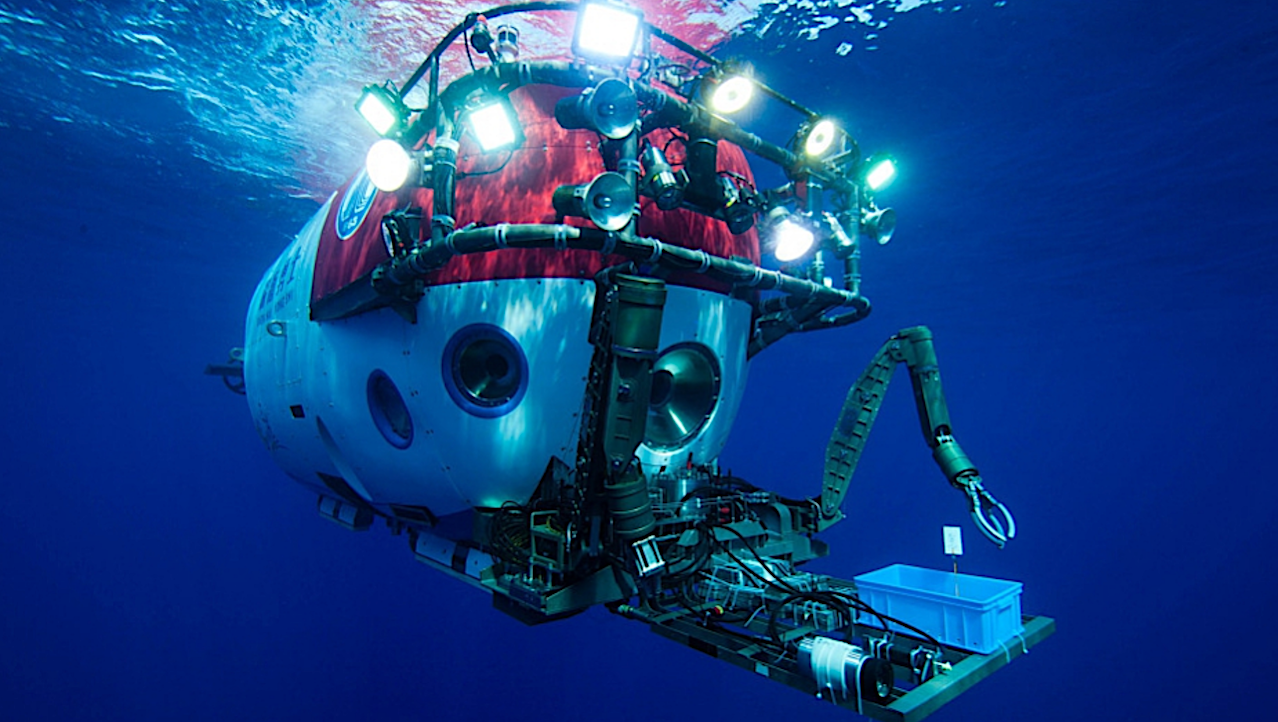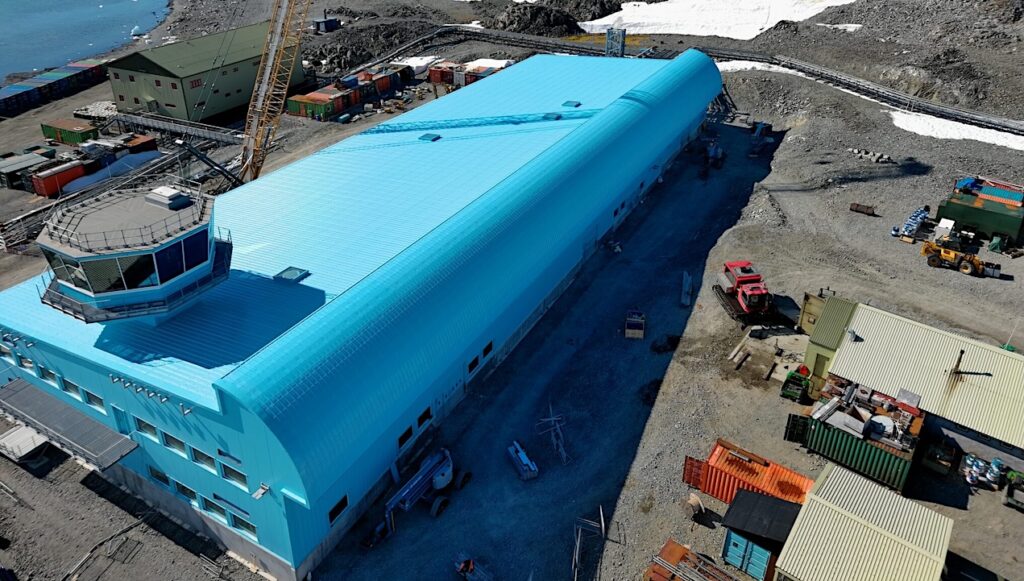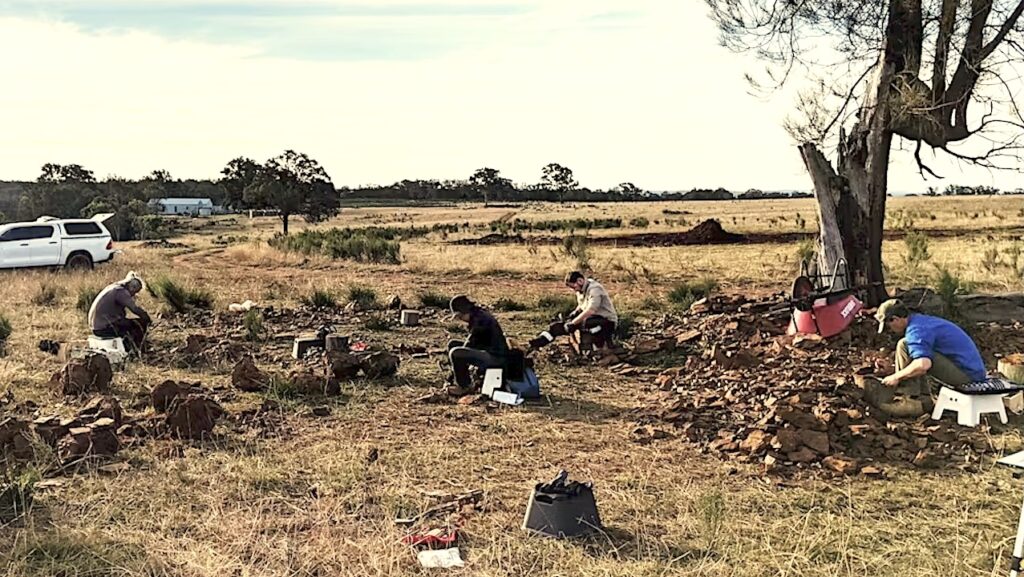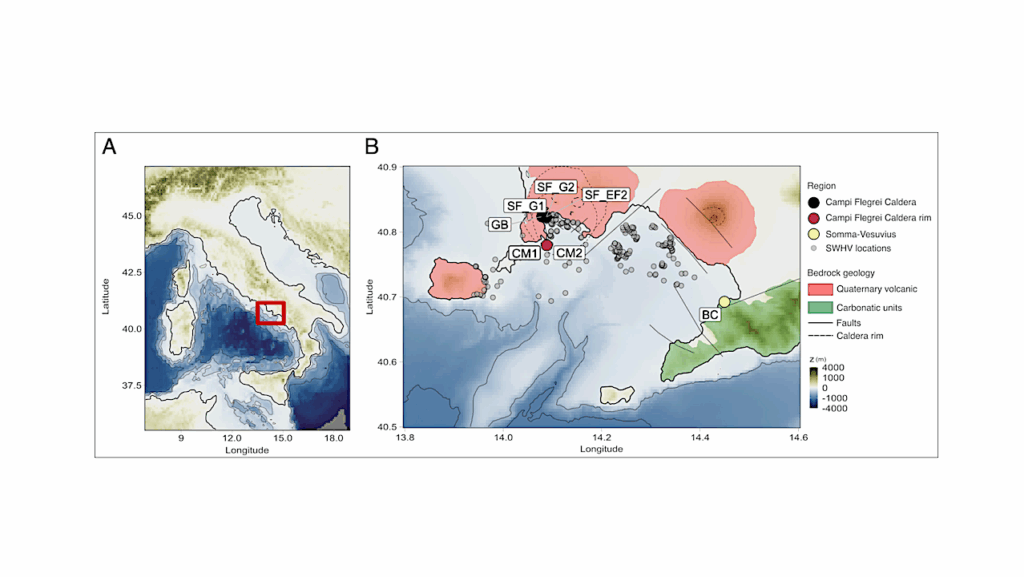Ocean World Exploration: A Breakthrough In Underwater Exploration Technology

Scientists have developed an innovative calibration algorithm for the Inertial Measurement Unit (IMU).This algorithm significantly enhances navigation precision by utilizing acoustic signals from seabed beacons. Highlighting the critical importance of accurate and effective navigation systems in modern ocean exploration, this research provides invaluable guidance for the future development of underwater detection technologies.
Underwater vehicles play a pivotal role in exploring and understanding our oceans, necessitating precise navigation capabilities. The acoustic Long-Baseline (LBL) system, vital for submarine positioning, faces limitations due to its high infrastructure costs and complex deployment, confining its utility to small areas. This challenge restricts underwater vehicles’ ability to navigate over long distances with high precision.
On a new study (DOI: 10.1186/s43020-023-00126-1) recently published in the journal Satellite Navigation, researchers from Shandong Universityhave developed an innovative calibration algorithm for the Inertial Measurement Unit (IMU), significantly improving navigation performance through acoustic LBL-based calibration.
The core of this groundbreaking study lies in its innovative approach to overcoming the limitations of traditional underwater navigation methods. Researchers have ingeniously developed a calibration algorithm that integrates acoustic signals from seabed beacons with the data from an IMU onboard underwater vehicles. This integration allows for real-time correction of the IMU’s cumulative errors, which are a significant hurdle in the path of accurate and extended underwater navigation.
The experiment focused on calibrating the IMU by employing an acoustic LBL system. When the vehicle is within the LBL network and can receive acoustic signals from the seafloor beacons, these signals are used to recalibrate the IMU, thereby significantly reducing the navigational errors. The research pinpoints gyroscope and accelerometer biases as the primary culprits behind navigational inaccuracies. Through extensive experimentation and analysis, it was discovered that correcting these biases through the proposed calibration method could enhance navigation precision remarkably.
Dr. Wenfeng Nie, a leading researcher in the study, highlights the significance of their work, “Our research introduces a method to calibrate the IMU using acoustic signals from seafloor beacons, allowing underwater vehicles to maintain accuracy even outside the direct coverage of LBL networks. This breakthrough promises to extend the operational range and precision of underwater navigation significantly.”
This technological advancement heralds a new era in underwater exploration, offering the potential for more accurate, reliable, and extended operations beneath the ocean’s surface. It’s a pivotal step towards unlocking the mysteries of the deep, enabling safer and more efficient exploration, research, and resource extraction activities.
Improving the underwater navigation performance of an IMU with acoustic long baseline calibration, Satellite Navigation (open access)
Astrobiology, Oceanography,








